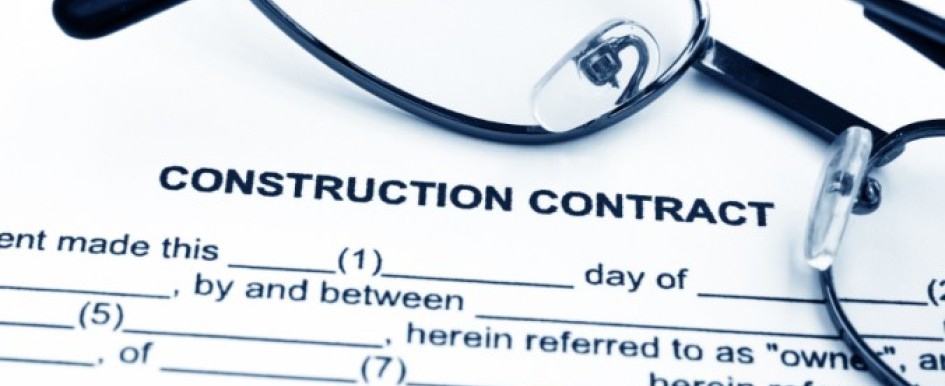
The potential for delay in completion poses a substantial risk to every project budget and schedule. Any delay deprives the owner of the use of the finished project and increases the cost of construction. Contractors are faced with increased office overhead and extended general conditions costs, wage and material escalation and potential inefficiencies. All parties must be well-informed regarding contractual risk allocation tools associated with delay, including, among others, schedule and schedule update provisions, acceleration provisions, liquidated damages clauses, notice provisions, price escalation clauses, force majeure clauses and “no damage for delay” clauses. As the name suggests, a no damage for delay clause restricts the right of the contractor to recover delay damages. An example of simplified no damage for delay language may read: Contractor shall not be entitled to recover any damage or additional costs associated with any delay to project completion. An extension of the Contract Time shall be the sole and exclusive remedy of the Contractor for any delay in the performance of the Work. This standard language provides that an extension of time is the contractor’s exclusive remedy for delay. A no damage for delay clause is generally enforceable in most jurisdictions, unless the nature or extent of the delay was not reasonably foreseeable at the time of contract execution or the delay was the result of active owner interference or abandonment of the owner’s duties and responsibilities. However, the owner must be willing to provide the contractor an extension of time when appropriate. Failure to do so will likely result in the clause being rendered unenforceable. Owners should be aware that the inclusion of a no damage for delay clause can lead to pushback on price and/or the contractor’s willingness to agree to a liquidated damages clause, as the contractor might balk at shouldering the financial risk of a project delay outside of its control. Depending on the parties’ respective leverage, the language may be rejected outright. Alternatively, it is a risk allocation tool that can be negotiated in order to share the risk of delay among the parties. For example, the parties could limit the scope of the clause in terms of type of damage not recoverable or type of delay for which recovery is not permitted or limit the period of time during which delay damages can be recovered. Owners with bargaining power should push for inclusion of a no damage for delay clause and also language requiring substantiation for any request for an extension of time, including: a supporting schedule analysis, proof of entitlement to the extension, the absence of a concurrent delay and compliance with contractual notice provisions. It is important for contractors to appreciate the impact of these clauses and account for this risk through their price or other contractual considerations. Subcontractors should make every effort to be aware of any no damage for delay language included in the general contract, especially when the subcontract, as is typically the case, limits the subcontractor’s recovery to amounts recovered from the owner. This article is the first in a two-part series on no damage for delay clauses. Part two was published in the November 2015 issue of Construction Business Owner.
